Medicine: an entirely human reality
As an old saying goes, “the tragedy of science is all the wonderful theories spoiled by a few bothersome facts”. The personal theories developed by individuals do not constitute science, because science is all about learning from the facts: this is one of the lessons we hope the COVID-19 experience will leave behind, not only for scientists, but for society as a whole, given that, over the years, people have allowed themselves to be drawn to theories with no scientific proof (the so-called anti-vaxxers being the prime example).
Because, in medicine and healthcare, failing to be led by science in our choices is the biggest mistake we can make, and this applies in the field of scoliosis, too.
Then, of course, there is the interpretation of scientific data, which creates further differences of opinion, in this case between medical practitioners. There are some areas in which these differences are only small, as the scientific evidence is strong and plentiful, and others in which, precisely because scientific evidence is still scarce, there are considerable differences of interpretation and numerous theories in circulation. The field of scoliosis and spinal deformities, particularly with regard to non-surgical treatment approaches, falls into the latter category.
Another aspect to consider is the, now fundamental, need for continuing medical education. It has been shown that scientific knowledge doubles in less than five years, which means that those who fail to stay abreast of developments can very quickly find themselves completely out of the loop.
How can a physician imagine that what he or she learned at university, perhaps many years before, will continue to be enough? This is why we should appreciate doctors who refer patients to another specialist whenever they feel poorly-equipped to deal with a particular clinical situation.
Doctors should not be drawing professional pride from attempting to deal with absolutely everything they encounter; the true mark of a good doctor is the ability to recognise when a patient’s needs are out of his or her sphere of competence and refer the patient to the right specialist.
Obviously, a doctor’s ability to deal optimally with every situation that arises within his/her own particular sphere of expertise is, also, the mark of a good professional and, rightly, a source of professional pride.
“Shared decision-making” (taking decisions together with the patient) and “personalised medicine” are cornerstones of modern medicine. Talking to patients and involving them in the decision-making process means reaching decisions that are also based on what the patient prefers and is willing to accept.
Really, patients can be satisfied with decisions only if they are adequately informed — in this regard, patients themselves must take on some of the responsibility —, as they will have been able to grasp the pros and cons of the treatments offered. Even though “Doctor Google” is often a poor source of information, consulting “him” can nevertheless help patients to formulate questions that a capable professional will then be able to answer fully (and authoritatively), thereby helping them to make the right choices for themselves and for a successful therapeutic outcome. And a successful outcome can never mean exactly the same thing for all patients since success depends on the clinical condition in question and the choices the patient is willing to make.
Finally, there is the question of trust. Doctor-patient interactions are human interactions that depend on the relationship between the two people involved. In the absence of this relationship, or if one of the two parties fails to engage, then the choices made will be purely technical ones, not weighed upon the basis of the needs of the person in question.
If the current pandemic has taught us anything, it should be that medicine offers no guarantees and that highly important human factors come into play that simply cannot be overlooked.
Medicine is an entirely human reality.
While there are still many diseases we cannot “cure”, we certainly can “care” for all our patients, offering them the best available techniques and treating them with all the humanity they need.
Medicine today, of course, is not merely holding the patient’s hand and offering comfort and reassurance, but at the same time, we need to guard against returning to the depersonalised variety that we allowed to develop in the 1900s.
These considerations are crucial when embarking on a long journey together, as we do when treating a scoliosis patient.

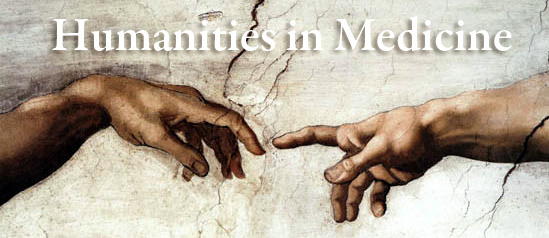
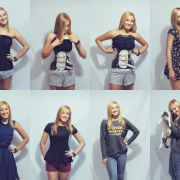

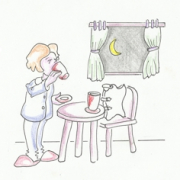
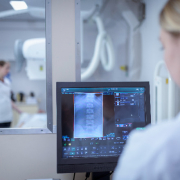
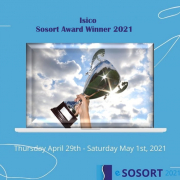

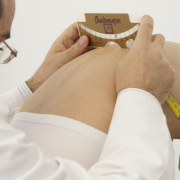


Leave a Reply
Want to join the discussion?Feel free to contribute!